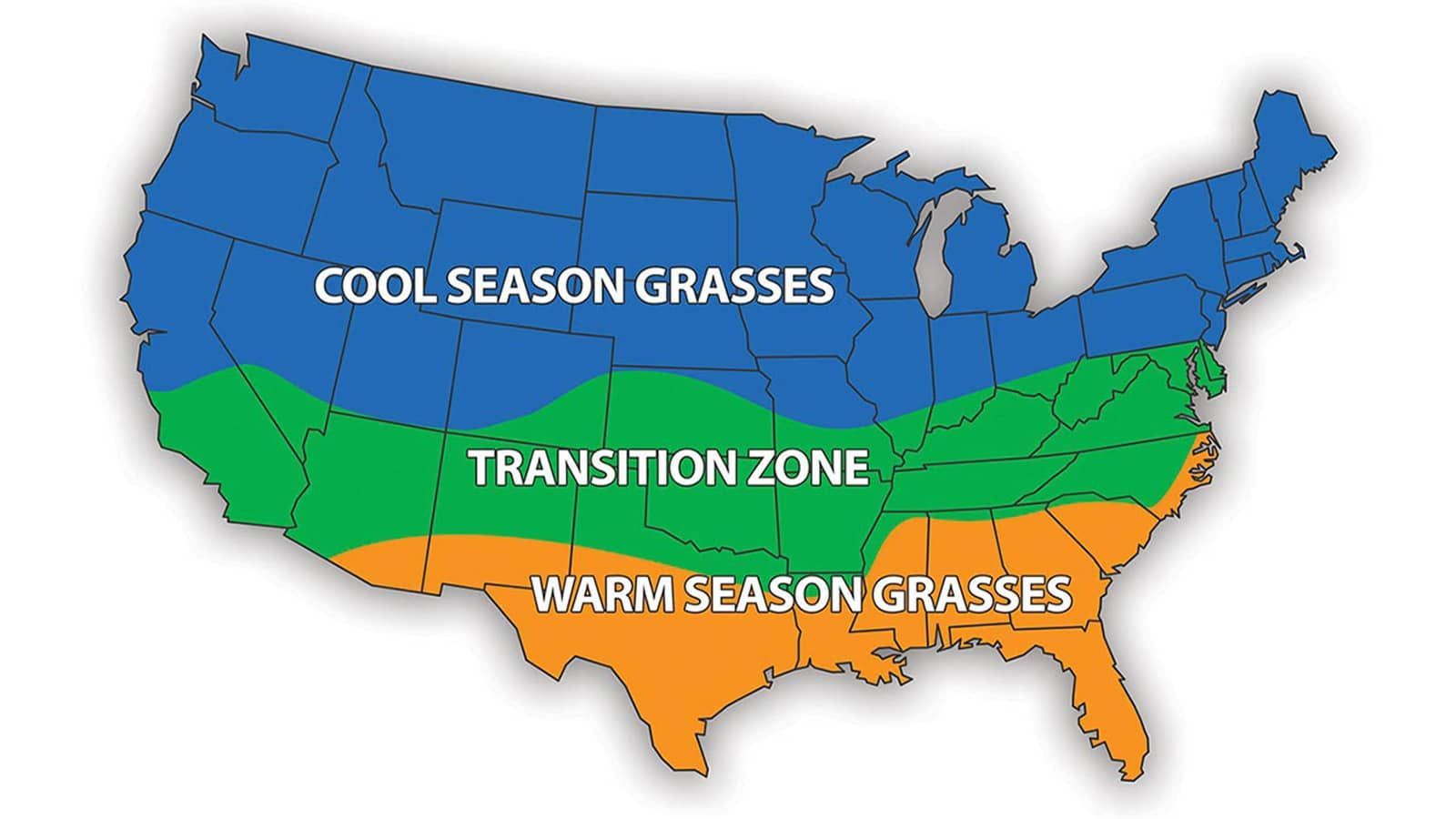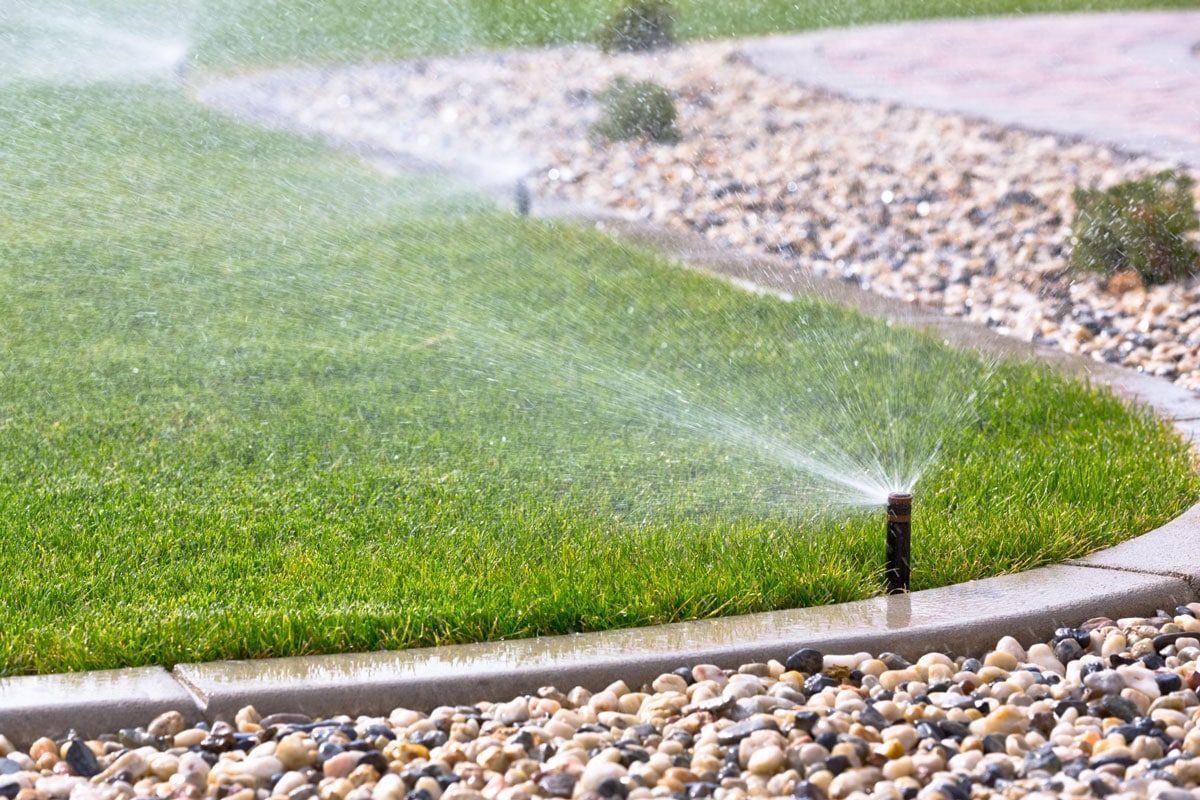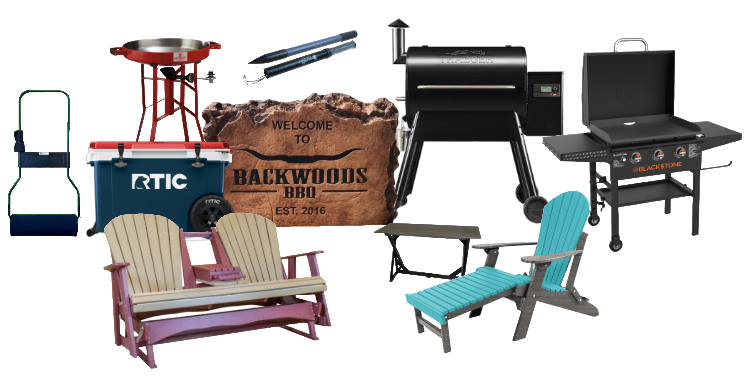How To Grow Healthy Grass This Season
The Ultimate Guide to Growing the Best Grass This Season
A lush, green lawn doesn’t happen by chance—it’s the result of strategic care, the
right techniques, and a little bit of patience. Whether you're dealing with
patchy spots, weeds, or just want your yard to stand out, this guide will walk you through everything you need to know to grow the healthiest, most vibrant grass this season.
1. Choose the Right Grass for Your Climate

Not all grass types thrive in every region. The first step to a healthy lawn is selecting the right seed.
- Cool-season grasses (Kentucky bluegrass, fescue, ryegrass) are best for northern climates.
- Warm-season grasses (Bermuda, Zoysia, St. Augustine) thrive in southern regions.
- Transition-zone grasses (Tall fescue) work well in areas with both hot summers and cold winters.
👉 Need help choosing? VisitM&D Enterprises for expert advice on seed selection!
2. Prep Your Soil for Success
Grass needs nutrient-rich soil to grow strong and lush. Start with a soil test to determine pH levels and nutrient deficiencies.
- Aim for a soil pH between 6.0 and 7.0.
- Add lime to raise pH or sulfur to lower it.
- Mix in compost or organic matter to improve soil health.
Pro Tip: Aerating your soil before planting allows better water and nutrient absorption, leading to stronger roots.
3. Overseed Bare Spots for a Full Lawn
If your lawn has thin areas or bare patches, overseeding is key.
- Mow your grass short and remove debris.
- Spread high-quality grass seed evenly over problem areas.
- Water daily until seeds establish (usually 10–14 days).
4. Master the Art of Watering

Watering your lawn correctly makes all the difference.
- Deep, infrequent watering (1–1.5 inches per week) promotes deep root growth.
- Water early in the morning to minimize evaporation.
- Avoid watering in the evening to prevent disease.
A well-fed lawn is a healthy lawn.
- Use a slow-release fertilizer in early spring and late fall.
- Apply nitrogen-rich fertilizer for vibrant green color.
- Organic options, like compost tea or mulched grass clippings, work great too!
6. Keep Weeds & Pests at Bay
Weeds and pests can quickly take over if left unchecked.
- Apply pre-emergent herbicides in early spring to prevent weed growth.
- Use spot treatments for existing weeds.
- Keep your lawn healthy—thick grass naturally chokes out weeds.
🚜 Browse
M&D Enterprises for the best weed and pest control solutions!
7. Mow the Right Way
Mowing might seem simple, but doing it incorrectly can damage your grass.
- Keep mower blades sharp for a clean cut.
- Follow the 1/3 rule—never cut more than one-third of the grass blade at a time.
- Mow at the right height (usually 2.5–4 inches, depending on the grass type).
💡 Want to mow like a pro? Learn about
striping techniques for a professional finish!
8. Mulch or Bag? Make the Right Choice
- Mulching recycles nutrients back into your lawn.
- Bagging is better if weeds or disease are present.
- Consider a combination approach based on your lawn’s needs.
9. Protect Your Lawn from Heavy Foot Traffic
Too much foot traffic can compact soil and damage grass.
- Add stepping stones or mulch pathways in high-traffic areas.
- Rotate play areas to prevent overuse.
- Aerate annually to relieve soil compaction.
10. Stay Consistent for Long-Term Success
A thriving lawn requires regular care. Stick to a schedule for watering, fertilizing, and mowing, and you’ll see a major transformation!
🌱
Ready to grow the best grass this season? Visit
M&D Enterprises for expert lawn care solutions, or check out our latest
YouTube tutorials for even more tips!
Share Our Blog Post(s) However You'd Like!
Contact
Contact Us













